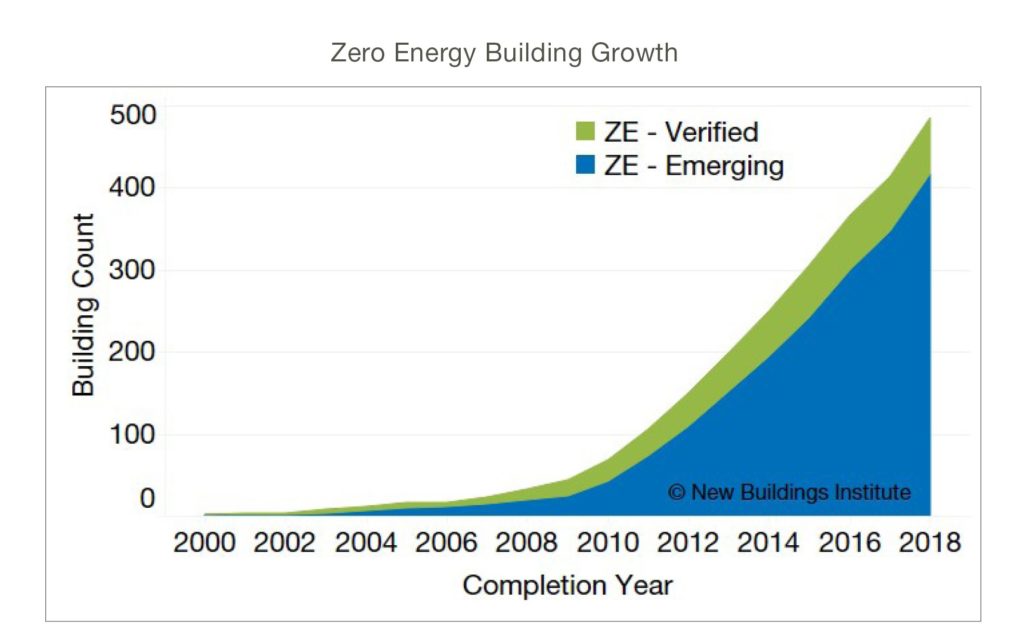

Raymond James is not affiliated with and does not endorse, authorize or sponsor any of the listed websites or their respective sponsors. Links are being provided for information purposes only. Contact our office for information and availability. Investors outside of the United States are subject to securities and tax regulations within their applicable jurisdictions that are not addressed on this site. GP&Ls EnergySaver Program can help offset the. Please note that not all of the investments and services mentioned are available in every state. Selecting this 100 renewable power plan is an easy way to support a clean environment. Therefore, a response to a request for information may be delayed. Raymond James financial advisors may only conduct business with residents of the states and/or jurisdictions for which they are properly registered. However the highest penetration, around 10%, is in smaller countries such as Greece and Honduras. (The federal solar tax credit reduces cost by 30%, and some states, local governments and utilities offer other rebates and credits that can further reduce costs.) Global gigawattsĭespite being dubbed the Sunshine State, Florida does not lead the U.S. A 5kW system would total about $20,000 before tax credits, and $14,000 after. The cost of solar systems on residential rooftops has dropped nearly 70%since 2014. Taking up valuable land is not necessary. For those without net metering, batteries can be installed to store solar energy for later use. Give it back to the gridĭid you know that unused energy from a solar-powered home gets sent back to the grid? If your state has “net metering” – and most do – you get a credit on your power bill.
#Encore energy rebates how to#
The challenge is how to efficiently collect, convert and store all that energy. In just one hour, more energy from the sun falls on the earth than is used by everyone in the world in an entire year. electricity, but it accounts for more than a third of all the new power plants built in this country. Solar supplies a relatively small 3% of U.S. Since 2008, domestic solar installations have grown to an estimated 97.2 gigawatts, according to the Department of Energy. Solar power is a growing trend – globally, including in the United States.

We’re using one of the most abundant energy sources to create a more comfortable and environmentally friendly way of life. These days, we use photovoltaic (PV) panels to generate renewable solar energy, but the idea is basically the same.

Humans have harnessed the power of the sun since time immemorial, using it to tell time and start fires. Interest in solar energy is soaring – and for good reason.


 0 kommentar(er)
0 kommentar(er)
